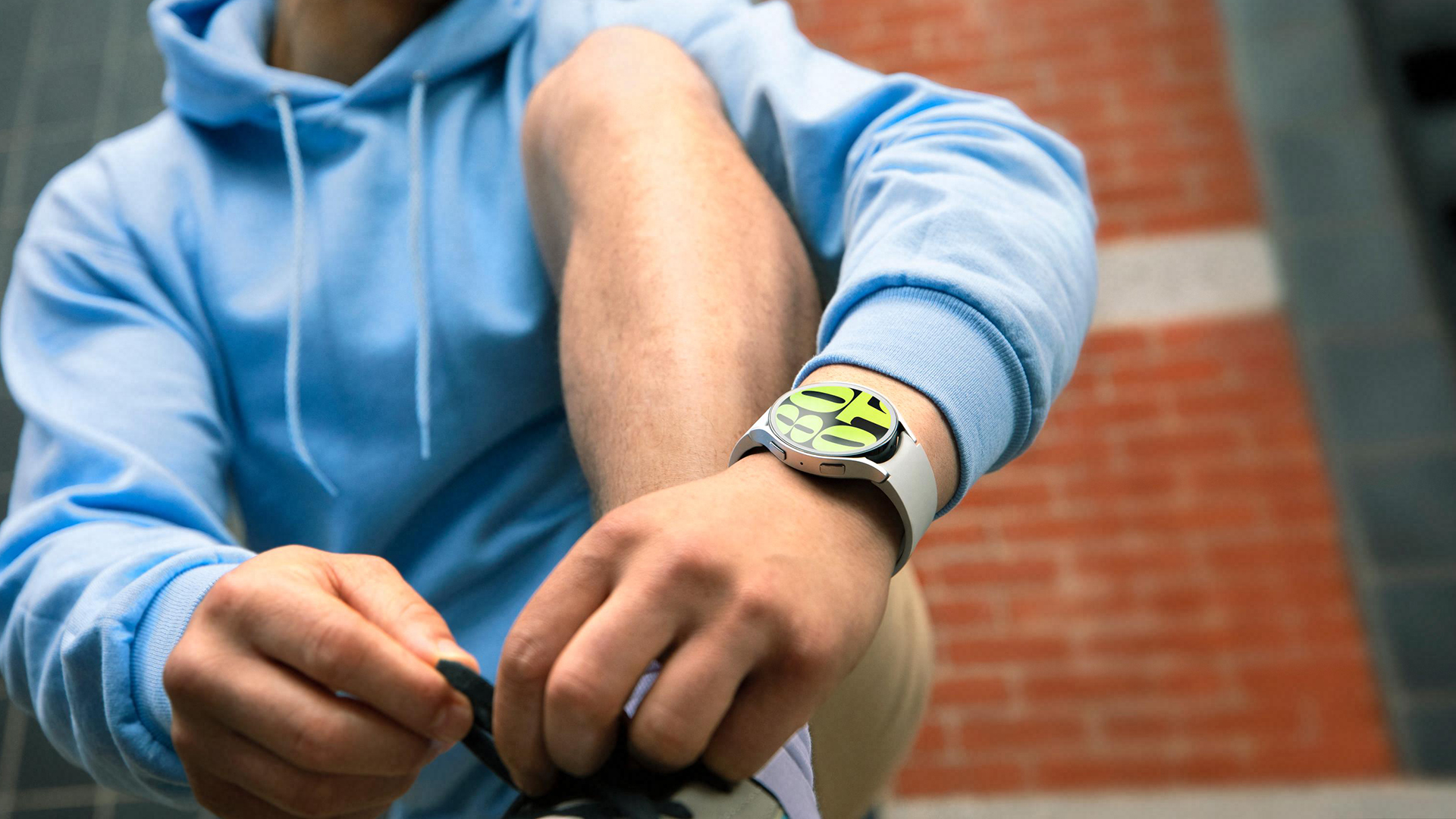

Whereas even just a few years ago, only a few people you know had smartwatches, you'll see these clever wrist wearables everywhere these days. It's not a bad thing, though, as fitness trackers and multisport watches can help you understand your body better and even improve your overall health – but only if you avoid the nine smartwatch mistakes listed below.
1. Not doing your research before buying a new smartwatch
Let's start at the beginning of your smartwatch journey. Buying a new smartwatch is both easier and harder than it used to be. Easier because there are way more options, meaning it's more likely you'll find one that suits your smartwatch needs. Harder because there are almost too many options available.
Reading smartwatch reviews and perusing guides such as T3's best smartwatch, best multisport watch, and best fitness tracker guides can help you make a more informed buying decision. These guides are designed to offer a comparison between different options to help you make a decision easier. Don't ignore the free help!
2. Being too brand loyal
We all love Apple Watches, but they aren't the best options for everything. Therefore, upgrading your Apple Watch Series 7 to an Apple Watch Series 9 only makes sense if your needs haven't changed since you last bought a wearable.
It's possible you are doing more running now, meaning that you'd be better off with a dedicated running watch like the Coros Pace 3, which can track workouts and recovery better than the Apple Watch.
Some watches, like the aforementioned Apple Watch or the Google Pixel Watch 2, only work with certain smartphones, but there are many wearables that play well with all operating systems.
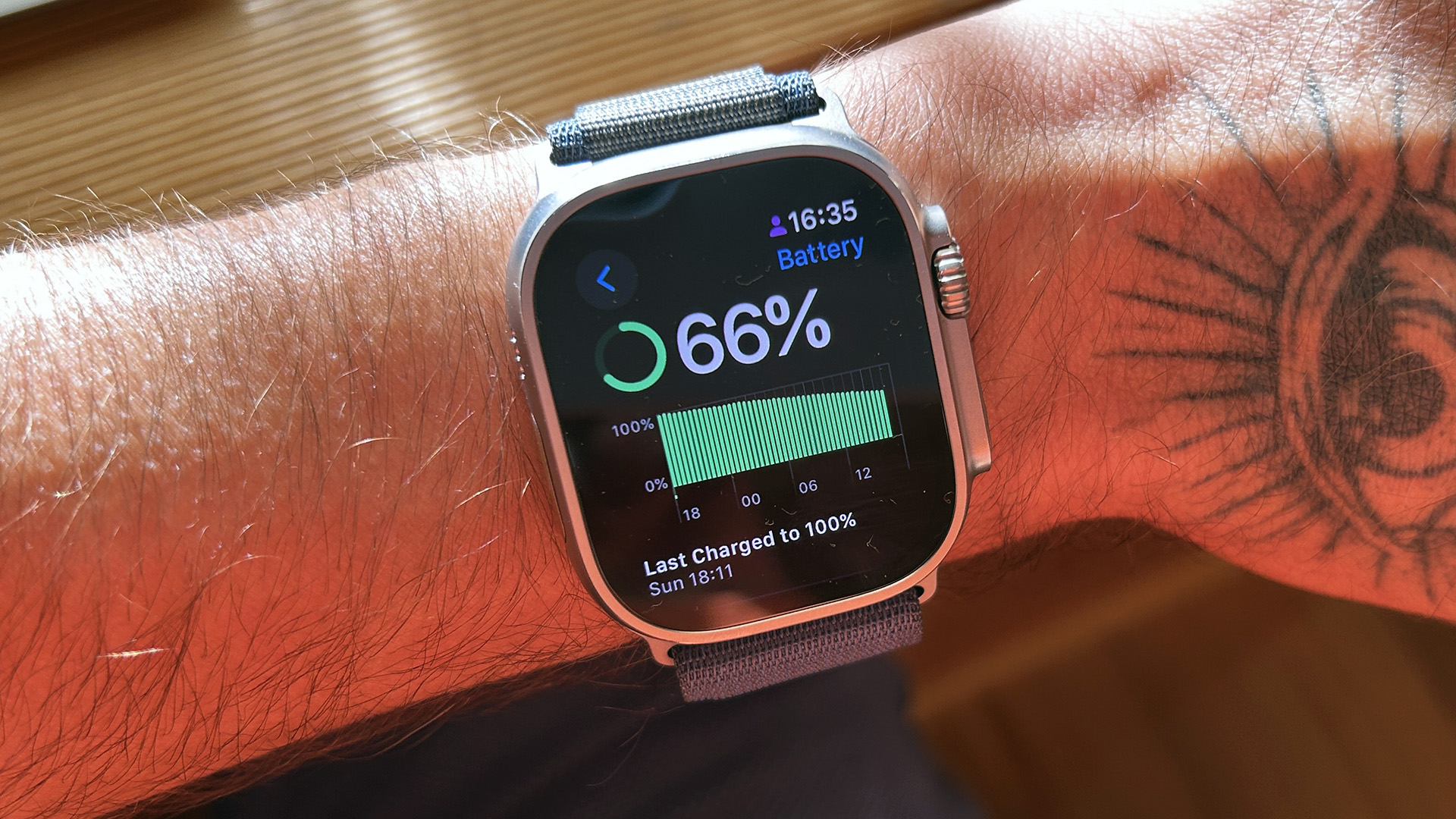
3. Not optimising battery life
Each successive smartwatch generation adds more features, which, after a while, could be detrimental to battery performance. One of the most useless smartwatch features is blood oxygen monitoring – Apple got into hot water because of it – which also happens to be a battery-intense one.
Sign up to the T3 newsletter for smarter living straight to your inbox
Get all the latest news, reviews, deals and buying guides on gorgeous tech, home and active products from the T3 experts
It's best you try most features on your new smartwatch, and if after a while you realise you aren't using them as much, it's best to turn them off. Disabling continuous SpO2 monitoring can save you a lot of battery without compromising the overall experience.
4. Not wearing it often enough
Some smartwatch features are redundant, while others would be great for managing health and stress – if only you used them! By not wearing your watch 24/7, you miss out on helpful sleep and stress-tracking insights, not to mention training and recovery suggestions.
Smartwatches are meant to be worn continuously, enabling them to collect as much health and fitness data as possible. If you only wear them during the day, the algorithm misses out on the most important part of your day, sleep, which determines how ready you are for the day and how well you recovered from the stress of previous days.
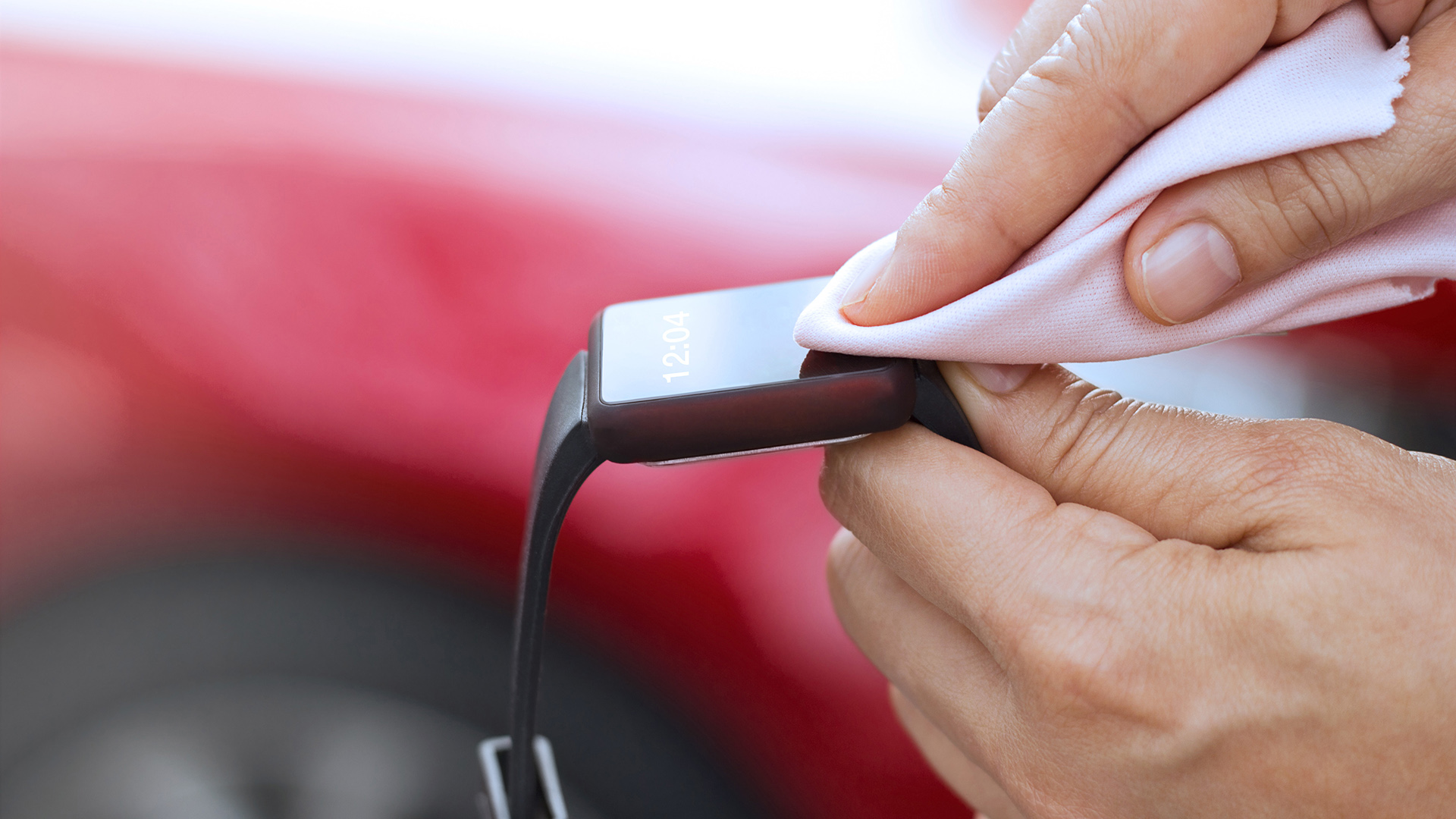
5. Not cleaning it often enough (or ever)
Smartwatches need regular maintenance. However, sadly, just like smartphones, they hardly ever get cleaned. Cleaning isn't just beneficial to avoid skin irritation, it also helps the sensors.
Most smartwatches use PPG sensors with different coloured LEDs that 'see' under your skin. Sweat and dirt stuck on the back of the wearable can compromise readings and give you wrong suggestions.
More info on this topic can be found here: How often should you clean your smartwatch?
6. Not setting up safety features
Smartwatches can not only help stay fit and healthy, but they can also keep you safe. Top-tier wearables such as Garmin watches have tons of safety features, including incident detection, Live Event Sharing and LiveTrack, designed to keep you safe and connected when out on your own.
Google's latest Pixel Watch have Safety Check, which allows you to schedule a timer for specific situations where you might want your friends or family to know where you are. Apple Watches can detect a severe car crash and help you connect to emergency services.
However, all of these features need to be set up first in companion apps, a process that includes adding the names of emergency contacts and activating the appropriate sensors.
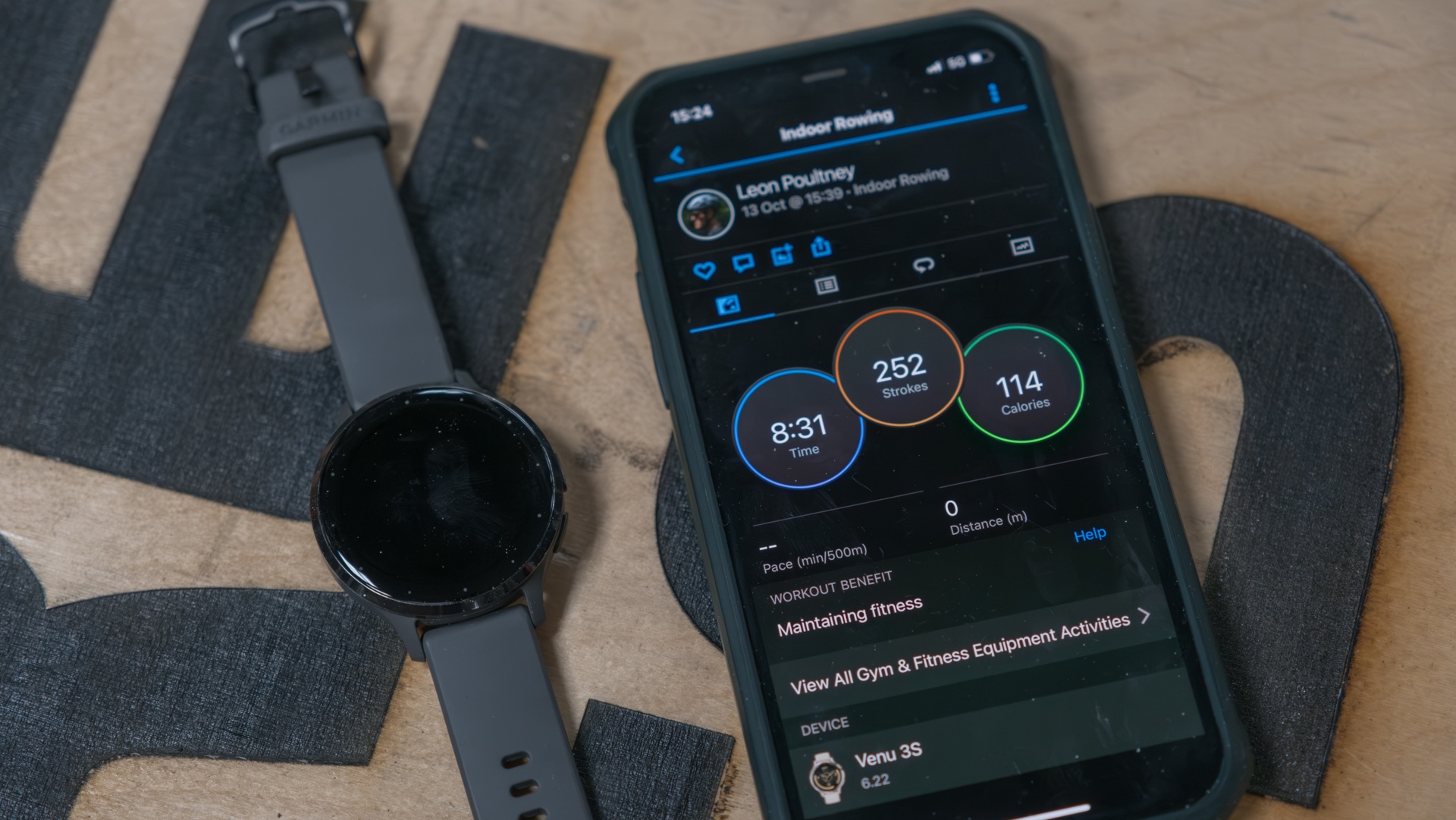
7. Not using companion apps to their full potential
Speaking of companion apps, all smartwatches have these and not many people utilise all the features they offer. Not only can you see a better breakdown of all health data in apps, but they often provide additional guidance and event workouts, mindfulness tips, and more. Clicking through all the menu options usually uncovers a ton of exciting features you didn't know existed!
8. Not making the most of communities
One often overlooked companion app feature is communities. People who use the same smartwatch as you sometimes have similar goals, and companion apps allow you to interact with like-minded people, which can be motivating to keep you going.
Fitbit used to be famous for its community aspect, and Whoop places a huge emphasis on creating a community via its app. If you're looking for an extra bit of inspiration to help you keep going, communities are definitely the way to go.
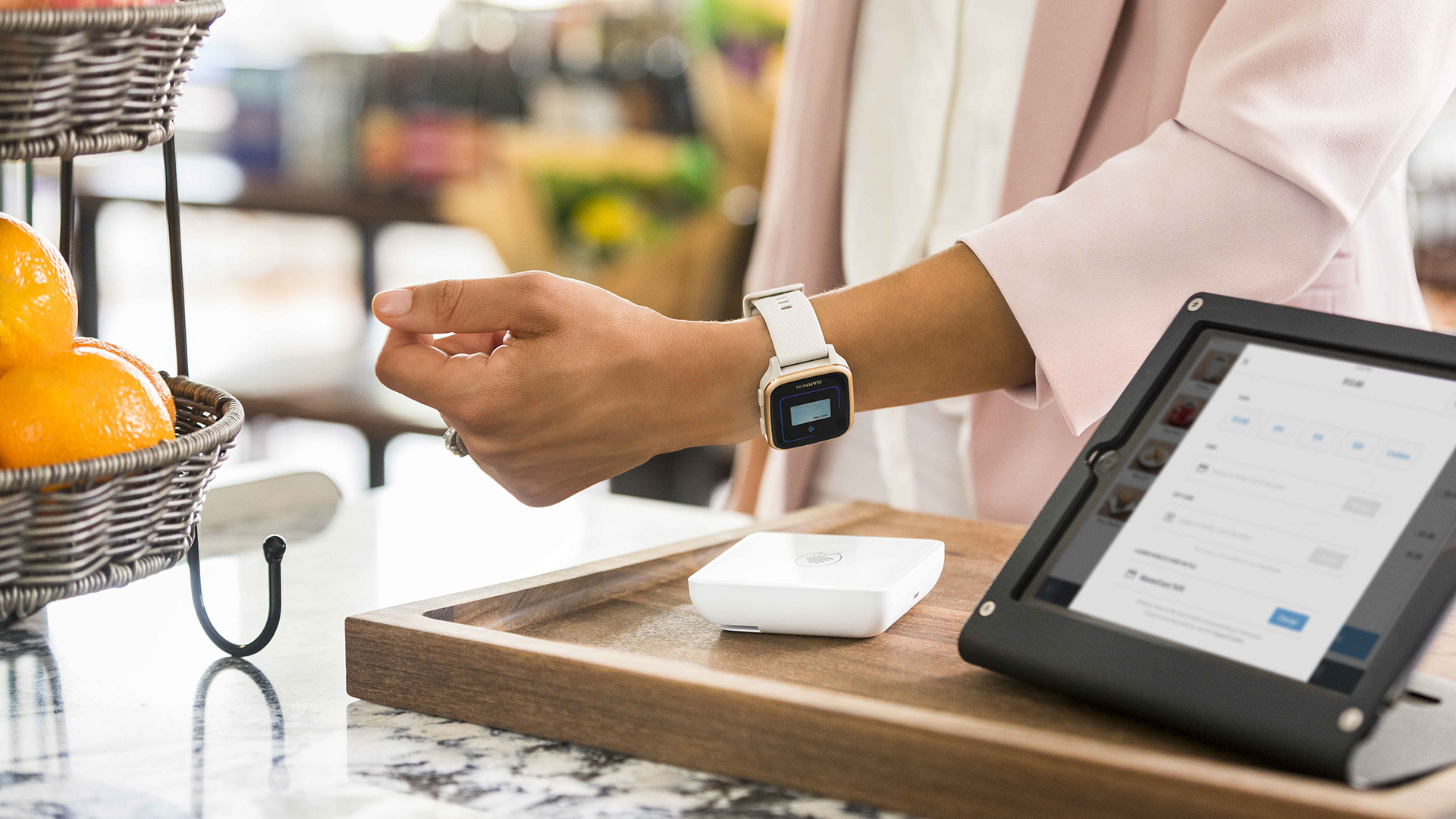
9. Ignoring NFC payments
Contactless payment is well-accepted everywhere these days – thanks, global pandemic! – so it's not unusual to see people paying for goods with their smartphones. Not many people use their smartwatches for payments, which is a huge missed opportunity.
Setting up NFC payments on your wearable is like an additional safety net when you're out and about; even if your phone is dead and you haven't got your wallet on you (who does?), you can still pay for things. So make sure you set it up in the app today.

Matt Kollat is a journalist and content creator who works for T3.com and its magazine counterpart as an Active Editor. His areas of expertise include wearables, drones, fitness equipment, nutrition and outdoor gear. He joined T3 in 2019. His byline appears in several publications, including Techradar and Fit&Well, and more. Matt also collaborated with other content creators (e.g. Garage Gym Reviews) and judged many awards, such as the European Specialist Sports Nutrition Alliance's ESSNawards. When he isn't working out, running or cycling, you'll find him roaming the countryside and trying out new podcasting and content creation equipment.
-
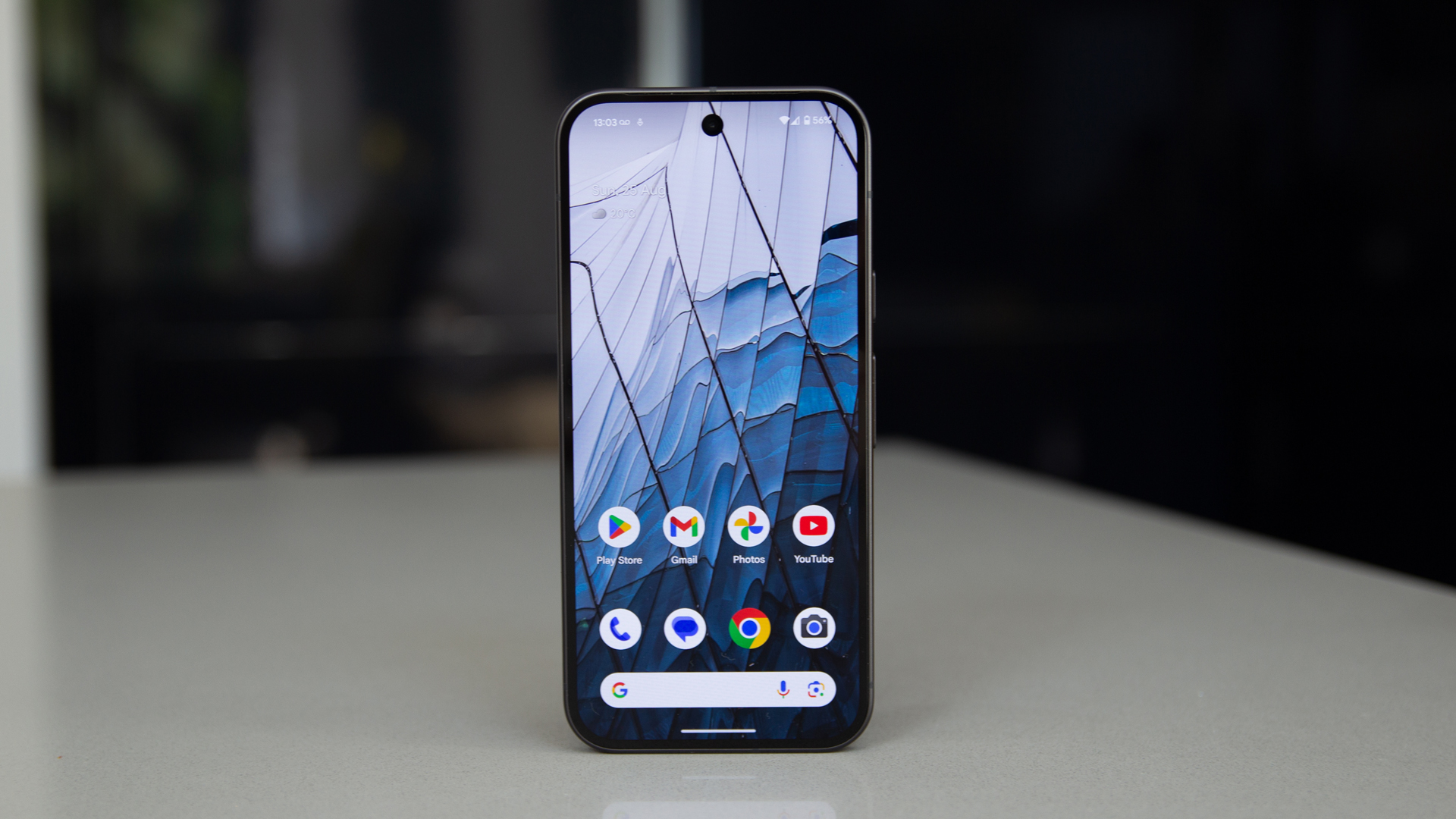 New Google Messages feature will make millions very happy
New Google Messages feature will make millions very happyIt's going to end a serious messaging blight
By Sam Cross Published
-
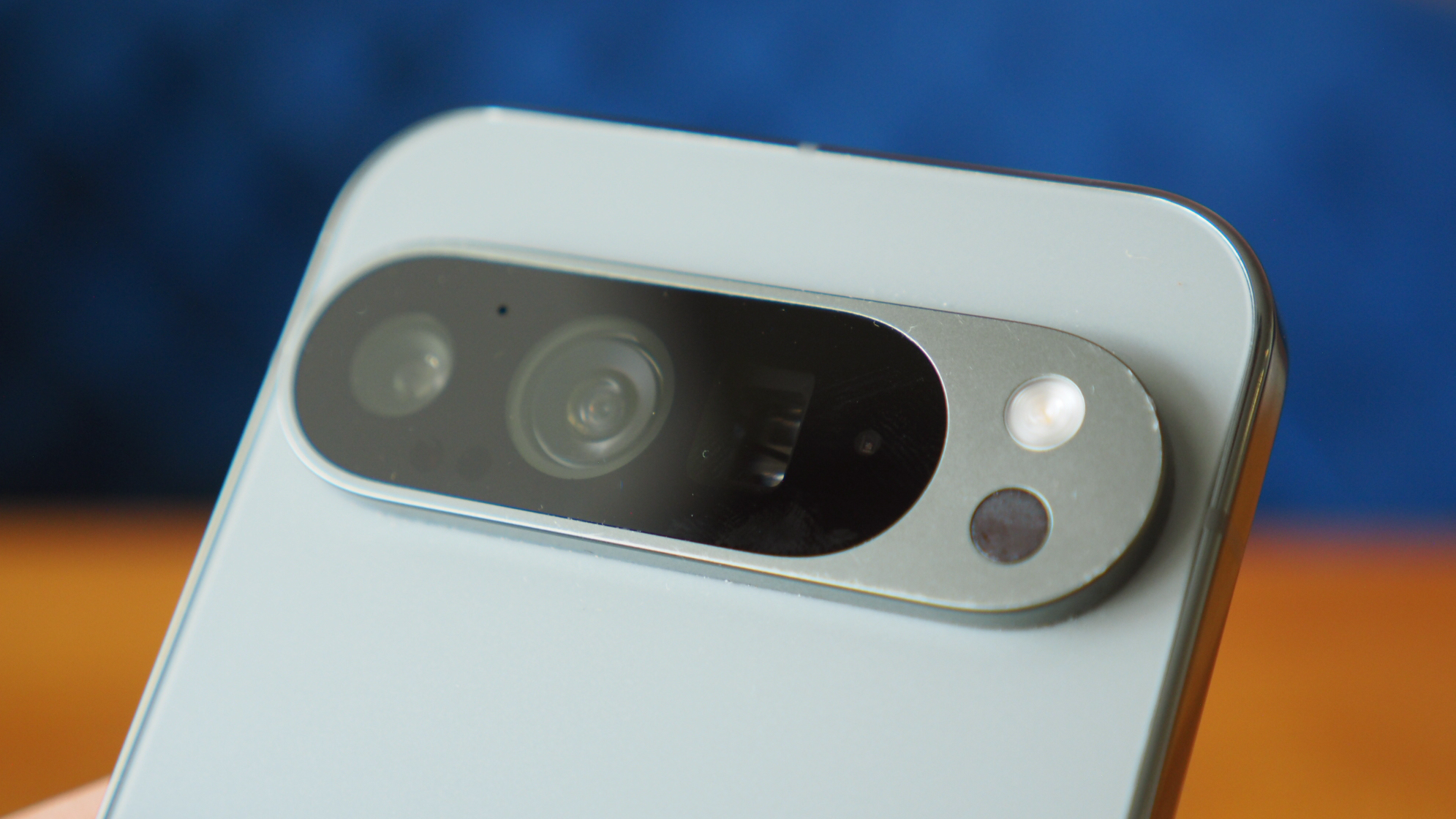 In an age of exciting upgrades, Google could downgrade the Pixel 10 instead
In an age of exciting upgrades, Google could downgrade the Pixel 10 insteadThere’s a change coming to the Pixel cameras and it could cause a stir
By Chris Hall Published
-
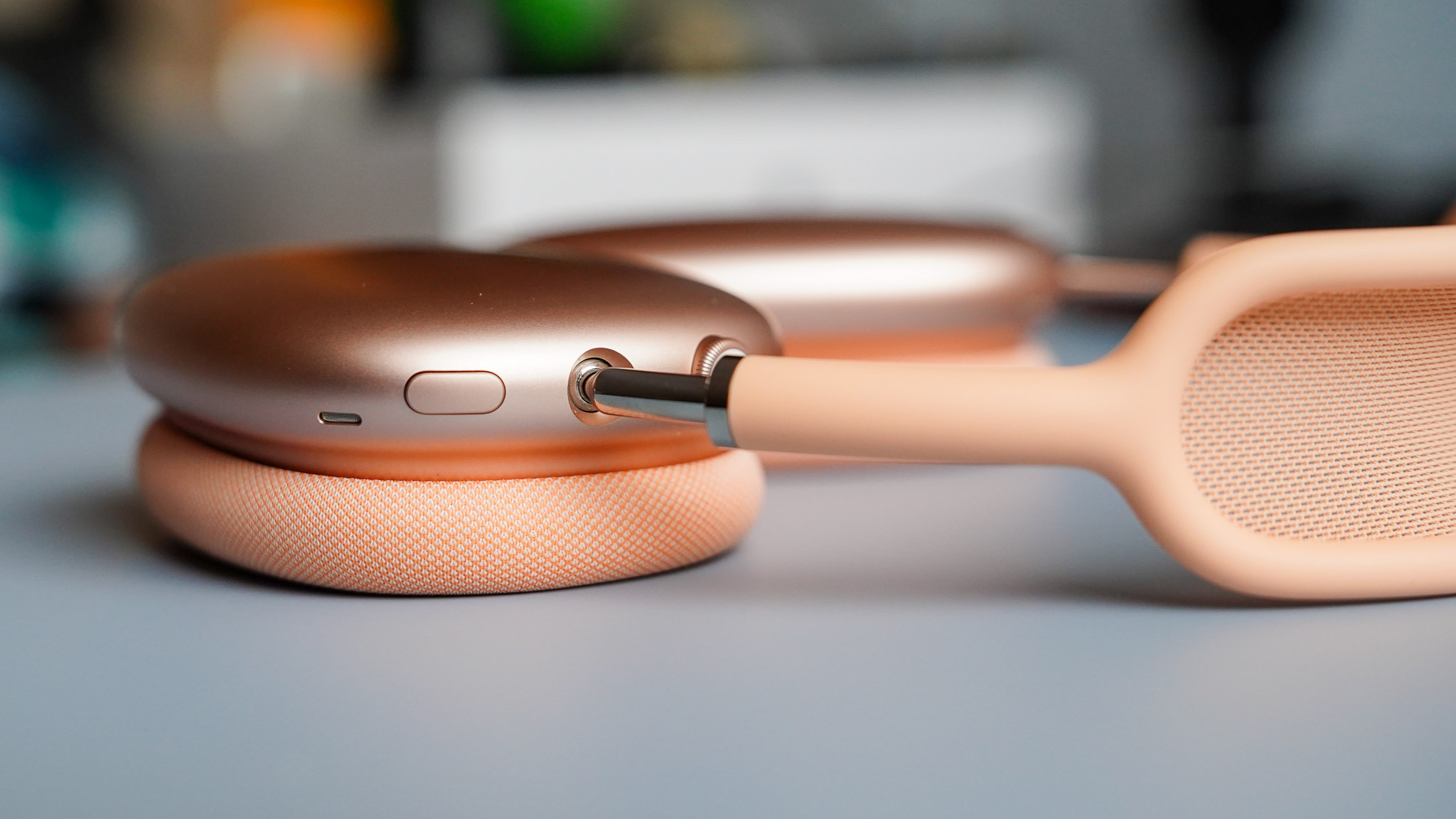 AirPods Max finally get the great free upgrade Apple promised
AirPods Max finally get the great free upgrade Apple promisedHere's how to make sure your headphones are running the right firmware
By Britta O'Boyle Published
-
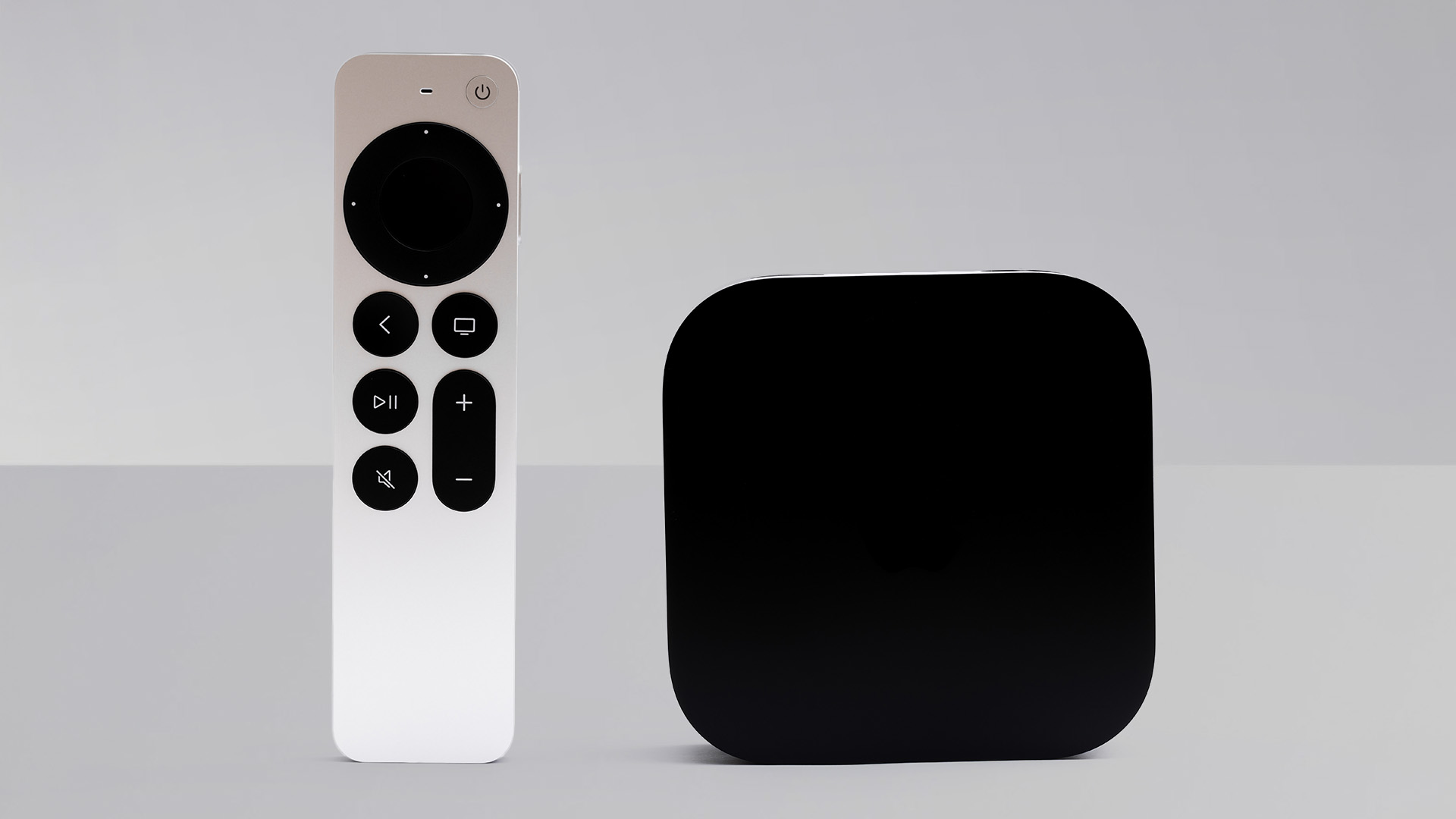 Apple TV gets a free update that makes it more simple to use
Apple TV gets a free update that makes it more simple to useApple has released tvOS 18.4 with a few design tweaks for its TV boxes
By Rik Henderson Published
-
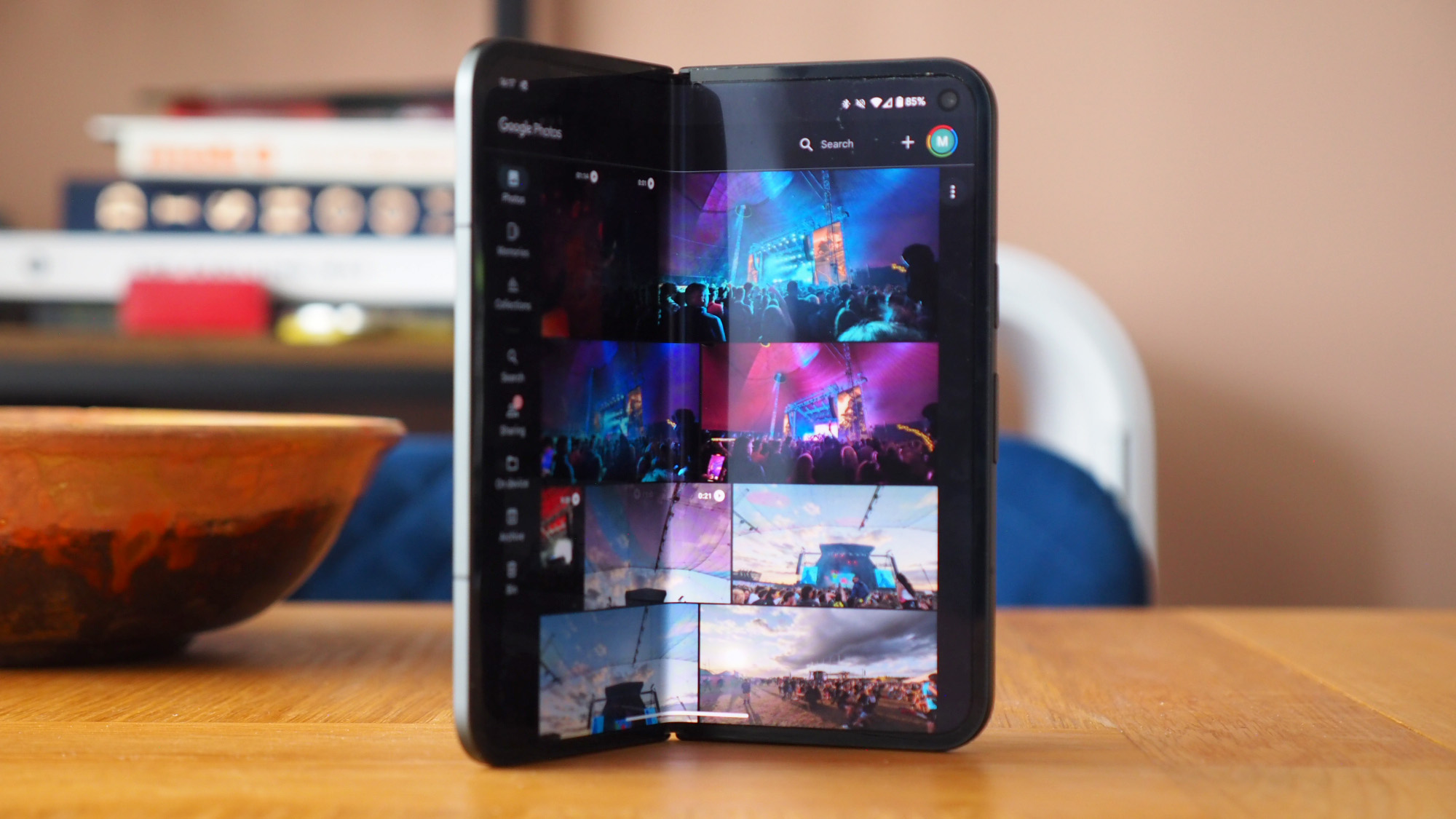 Google Pixel 10 Pro Fold renders show an early contender for foldable of the year
Google Pixel 10 Pro Fold renders show an early contender for foldable of the yearEven though it might not be the slimmest, it could be the sexiest
By Britta O'Boyle Published
-
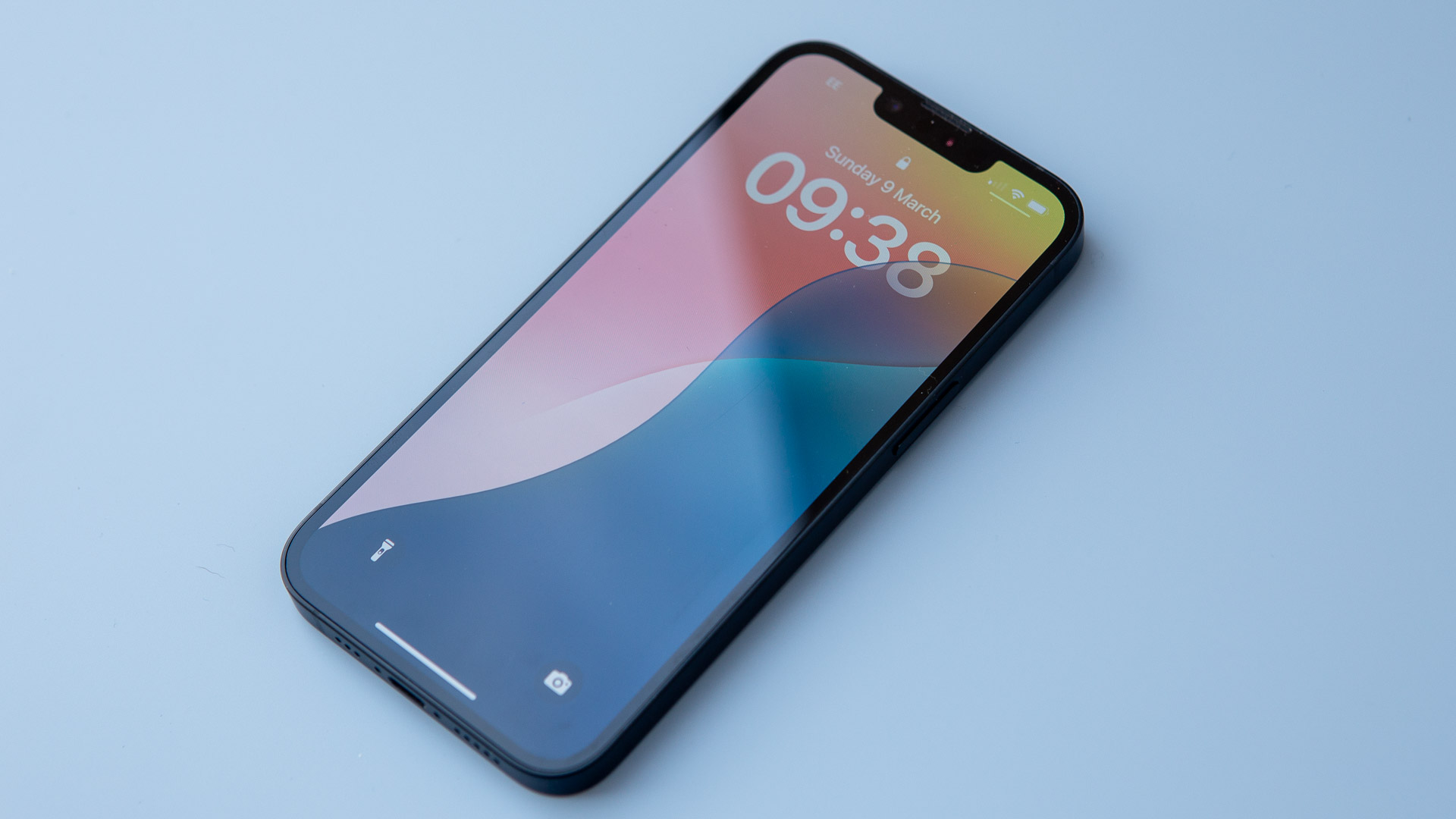 Your iPhone gets some new tricks - here’s what it can do now
Your iPhone gets some new tricks - here’s what it can do nowThe new emojis and priority notifications are probably our favourite
By Britta O'Boyle Published
-
 Older iPhones at risk of being left behind when iOS 19 arrives – is your device one of them?
Older iPhones at risk of being left behind when iOS 19 arrives – is your device one of them?Apple will reportedly drop three iPhone models when it comes to the iOS 19 update
By Carrie Marshall Published
-
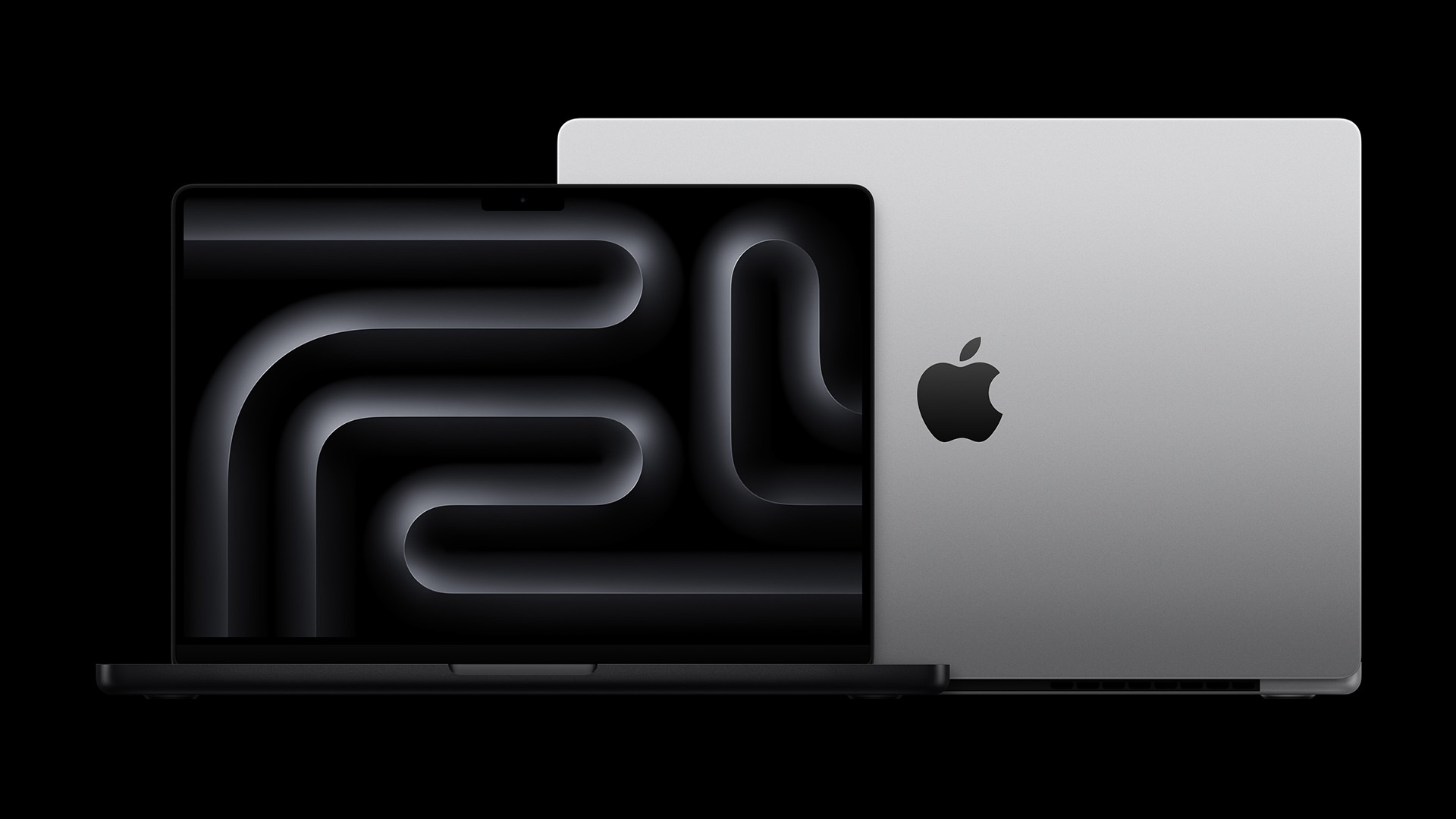 Your next MacBook Pro could be a game-changer for three good reasons
Your next MacBook Pro could be a game-changer for three good reasonsApple will reportedly upgrade next year's MacBook Pro in three major ways
By Rik Henderson Published

